Got a PhD studying extant and fossil birds. Alternatively, North American alvarezsaurid described in 2009. They/them. See links for my other projects.
Don't wanna be here? Send us removal request.
Text
They let Shizuka do the thing.
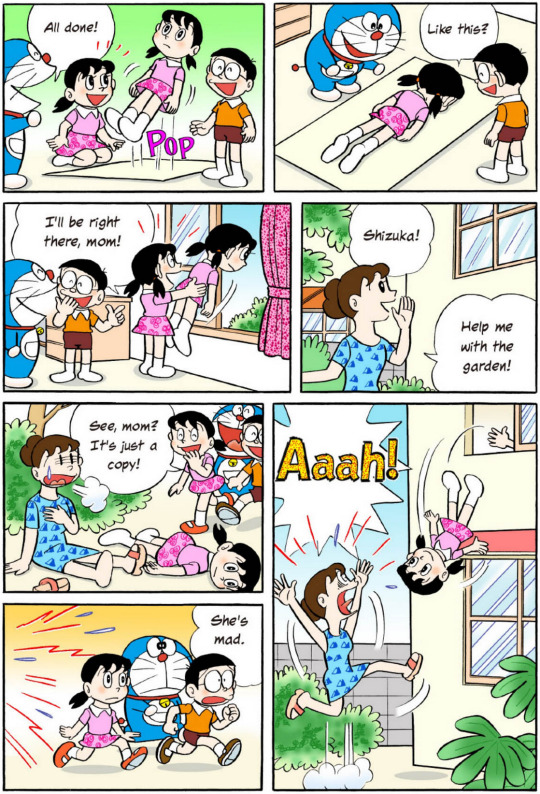
4 notes
·
View notes
Text
Why I Think Stand by Me Doraemon is a Poor Intro to the Franchise
Every now and then, the question of how one should start getting into Doraemon comes up. It is a fair question: with more than 40 movies, more than 1300 manga chapters, and more than 1400 individual stories in each of the two main TV series (the classic 1979 anime and ongoing 2005 anime), not to mention new movies and episodes still being produced at a regular pace, Doraemon certainly seems like a daunting franchise to consume.
When this occurs, numerous fans (especially in the English-speaking community) will inevitably recommend starting with the 2014 film Stand by Me Doraemon (and its 2020 sequel).
I could not disagree more with this recommendation.

I am well aware that many of these fans credit this movie with having gotten them into Doraemon. If that's the case, I'm happy for them and hope they enjoy their time in the fandom. My intent here is not to invalidate anyone else's own experiences, but to explain why I, personally, would not back this recommendation.
Full disclosure: I don't like this movie. I've already elaborated on why in my review. If that's not enough, I also wholeheartedly agree with most of what @filmfactors had to say about the film. However, I am confident that even if I did like Stand by Doraemon, I still would not recommend it to someone who is new to the Doraemon franchise.
What makes a good introduction to a long-running work? To me, a good intro gives audiences a reasonable idea of what to expect from the rest of the franchise, explains the premise of the series well, or both.
Stand by Me Doraemon certainly does not prepare one for what other Doraemon installments are like. On the contrary, it is a very atypical Doraemon movie. Most obviously, the 3D-animated art style is unique to it among animated works in the franchise. That may not be a dealbreaker, but more importantly, the film does not follow the typical formula one can expect to see in other Doraemon movies. Most Doraemon movies focus on Nobita and his friends going on far-flung adventures by using Doraemon's gadgets, whereas this is not the case in Stand by Me Doraemon.
Nor does the movie provide a good example of the episodic nature of most of the shorter stories in Doraemon. It is instead an adaptation of multiple standalone manga chapters (several of which deviate somewhat from the series' usual formula themselves) stitched together to form a continuous narrative.
Probably the main argument in favor of recommending Stand by Me Doraemon as an intro, however, is supposedly how well it explains the premise for the rest of the series. This seems to make sense: after all, if it is adapted from a combination of multiple key chapters from the manga, it should be a reasonably faithful portrayal of the original story, right?
I would argue that that is not the case either. Stand by Me Doraemon actually makes a number of superficially minor but narratively important changes compared to the manga it was adapted from. Here are just a few examples of what Stand by Me Doraemon would have you believe about the series:
Doraemon is initially reluctant to stay with Nobita, and has to be forcibly reprogrammed to prevent him from returning to the 22nd Century until he succeeds in improving Nobita's future.
Doraemon makes it his personal goal to ensure that Nobita and Shizuka get married in the future, and stops at nothing to make this happen. It takes little more than a perceived threat to Doraemon's pride for him to resort to brainwashing Shizuka into falling in love with Nobita.
Shizuka fearing for Nobita's life when he overdoses on a medicine gadget is treated as a turning point that leads to the two of them getting together in the future.
Contrast these with the original manga:
Doraemon willingly helps Nobita from the very beginning, and there are no restrictions on when he can travel back to the future.
Doraemon's assistance results in Nobita having a happier future, and that future includes Nobita and Shizuka getting married. However, Doraemon never claims that making this marriage happen is his main goal. On one occasion ("The Night Before Nobita's Wedding"), he explicitly states that it is not his responsibility whether the two end up together or not.
The medicine incident is a one-off story with no direct implication for how Nobita's future develops.
There are other changes I could list, but I think there are enough here to make my point. Consider how these alterations reflect on the characters and the story. Stand by Me Doraemon presents a version of Doraemon who needs to be strong-armed into assisting Nobita and unscrupulously attempts to force Shizuka into a future relationship with no regard for her own feelings or consent. Shizuka develops romantic feelings for Nobita not so much because of his kindness like the film tries to claim, but because... she was misled into thinking that he was planning to end himself? Hmm. If anything, Nobita spends a good amount of time in this movie treating Shizuka with the opposite of kindness: spying on her while she's sleeping, changing her into a swimsuit without her approval, going along with Doraemon's plan to brainwash her... Are these really the ingredients for a positive first impression of the franchise and its main characters? You can make up your own mind about that.
To be clear, Nobita attempting to brainwash Shizuka into liking him (occasionally with Doraemon's endorsement, no less) is not unique to Stand by Me Doraemon, and neither is Shizuka citing her concern over Nobita's ability to care for himself as a reason she eventually decides to marry him (see "Romance in the Snowy Mountains"). The brainwashing in particular is a pretty distasteful recurring element in the source material. However, it is at the very least slightly easier to ignore in the series' original episodic format compared to its status as a key plot point in Stand by Me Doraemon. Furthermore, in the rest of the franchise one can point to other moments where Nobita acts with genuine kindness, whereas Stand by Me Doraemon has little such luxury.
In any case, I am highly skeptical that Stand by Me Doraemon was originally intended to target new audiences to begin with. It is difficult to overstate just how much of a cultural icon Doraemon is in its native Japan. I don't think it's a stretch to assume that the average Japanese moviegoer would already know the basic premise of the series. To them, the main novelty of Stand by Me Doraemon would have been to see Doraemon storylines that they were likely familiar with depicted using "modernized" graphics, with a few adjustments in between that add connective tissue and a little extra conflict to the previously disjointed stories.
Is there anything left then to recommend this movie as an entry point to the franchise? It is sometimes pointed out that Stand by Me Doraemon and its sequel are the only Doraemon movies with readily accessible official English subtitles and dubbing, being currently available on American and British Netflix. This at least is true. However, it strikes me as a flimsy reason when taken on its own. If one intends to delve into animated Doraemon media, they will sooner or later have to make peace with the fact that official English translations do not exist for most of them.
For those interested in the stories adapted by Stand by Me Doraemon, I would sooner recommend going straight to the original manga. An official English translation for nearly the entire Doraemon manga is available on Kindle. As for which animated media I'd suggest to first-time viewers, I certainly have my preferences, but frankly just about any of the 2D-animated films would likely provide a better sense of the series' usual style than Stand by Me Doraemon.
6 notes
·
View notes
Text


A tiny part.
Buy my new book The Birding Dictionary!
4K notes
·
View notes
Text

There is no tomorrow for Moa kind.
In this result of yesterdays #paleostream we explore the Holocene of New Zealand, a world we largely lost not even 1000 years ago.

For this piece we did something a little different. While one locality, Pyramid valley, informed us largely on the bony remains, another Dart river valley, offered moa coprolites and a literally cinematic setting.
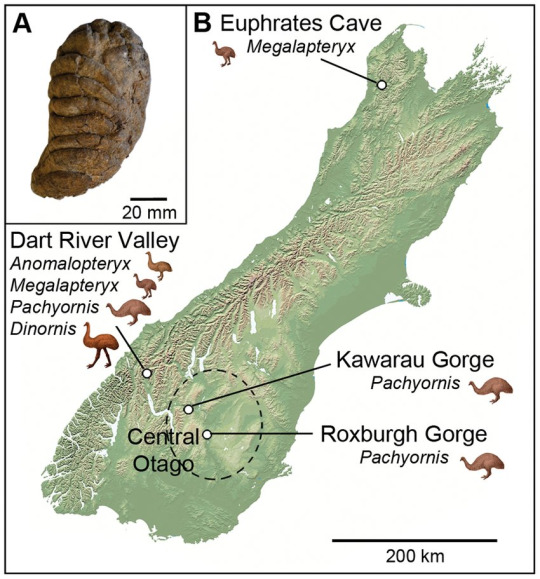

Dart river offers us a locality with a lot of moa diversity and provided a lot of information on the ecology of this lost guild of mega herbivores. Down to their preferred habitats and foods.

In this size chart by Discord members Tim and Gnath you get an idea for the huge loss in fauna these islands have experienced since the arrival of humans (extinct stuff on the left. Humans also appear in the stream image, but I wanted to make their appearance not directly visible.
301 notes
·
View notes
Text
Inspired by @dimetrodone's Ultimate Mammal Taxonomy Quiz, I've made a bird phylogeny quiz in similar format. A shout-out as well to @despazito's Bird Taxonomy Quiz, which covers some overlapping topics (but not too many, I hope).
52 notes
·
View notes
Text

is it a problem that I just want to make niche birder comics from now on
PS: the world’s dumbest nature podcast has arrived: https://open.spotify.com/show/2yFBE6V4BgIqIDe4kbHdEs?si=-CaOHTSmRRG-xLWhcVtCgQ
23 notes
·
View notes
Text
youtube
New episode of Through Time and Clades! @killdeercheer guides us through the great diversity of fossil representatives from our hominin lineage, including early members of our own species.
4 notes
·
View notes
Text
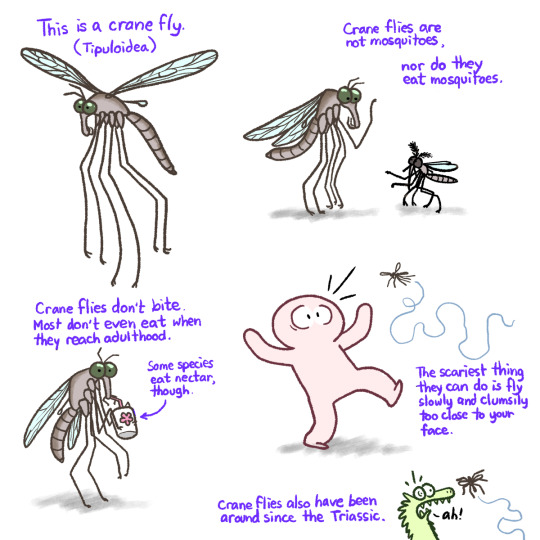
It's crane fly season here, so have some crane fly facts
5K notes
·
View notes
Text

It's that time of year. Here's an updated chart on what to do if you find a baby bird. Thanks to the International Wildlife Rehabilitation Council for scientific advice. A portion of this month's Patreon support goes to them, so thanks Patrons!
2K notes
·
View notes
Text
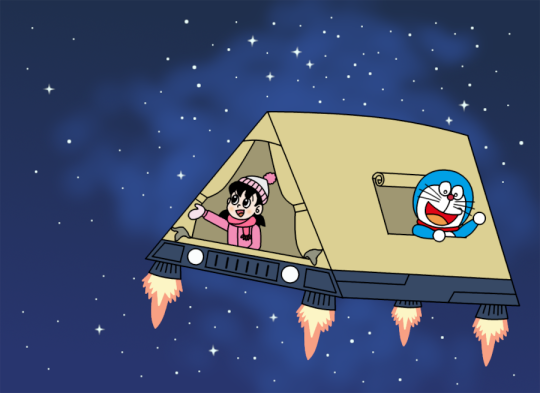
🎵 Shiny days! 🎵
Laid-Back Camp is remarkably good. Here's a little tribute, Doraemon style. A rocket-powered tent becomes a lot more feasible with Doraemon in the picture.
6 notes
·
View notes
Text

Reposting the back cover illustration from the explanatory booklet for the 1981 Doraemon English translation, solely for the "main character Shizuka" vibes.
15 notes
·
View notes
Text
As part of the 50th anniversary celebration of the Doraemon print volumes, Shogakukan has been re-releasing "special editions" of the first six volumes of the manga, which are printed on higher-quality paper and come with additional bonus items.
The bonus item associated with the re-release of vol. 3 is quite interesting to those of us in the English-speaking part of the fandom. It is a reprint of a booklet that includes seven of the stories from the manga translated into English. Originally published in 1981, this was the first official English translation of Doraemon ever released, though it doesn't appear to have been very widely distributed.

The following stories are included (I'm also providing the Japanese titles and English Kindle titles in parentheses):
"Cut-out Capers" ("紙工作が大あばれ"/"The Great Paper War")
"Jack-in-the-box" ("びっくり箱ステッキ"/"The Jack-in-the-Whatever")
"Underwater Stroll" ("海に入らず海底を散歩する方法"/"Strolling on the Seabed")
"The Weather Pane" ("ごきげんメーター"/"The Moodometer")
"The Mi*get Robots" (censorship mine, "小人ロボット"/"Elf-Bots")
"Russian Roulette" ("ラッキーガン"/"The Gamble Gun")
"The Instant Memory Bread" ("テストにアンキパン"/"Memory Bread")
There are also English introductions to the main characters on the inside of the front cover, and a guide to how Doraemon's body functions (translated from "The Doraemon Encyclopedia") inside the back. Interspersed between some of the manga chapters are a few interactive activity pages.
Besides the English comics, purchases of the vol. 3 re-release come with a second booklet (pictured above on the right), which contains some explanatory text in Japanese and compiles the original Japanese versions of the same stories for comparison.
Something I find striking is the amount of effort that was evidently put into this obscure English translation. Not only were all the panels mirrored to be read from left to right, but parts of the artwork were even redone by Fujiko F. Fujio himself. For example, written sound effects were all changed into English, and for a few early stories (such as "The Instant Memory Bread"), Shizuka was redrawn with an updated character design.
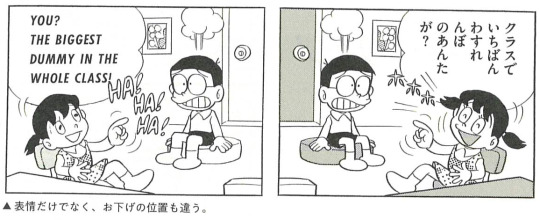
The characters all keep their original names and still use Japanese honorifics. Interestingly though, dorayaki is called "Dora-Burgers" on one of the activity pages. (It is otherwise not mentioned in any of the stories included.)
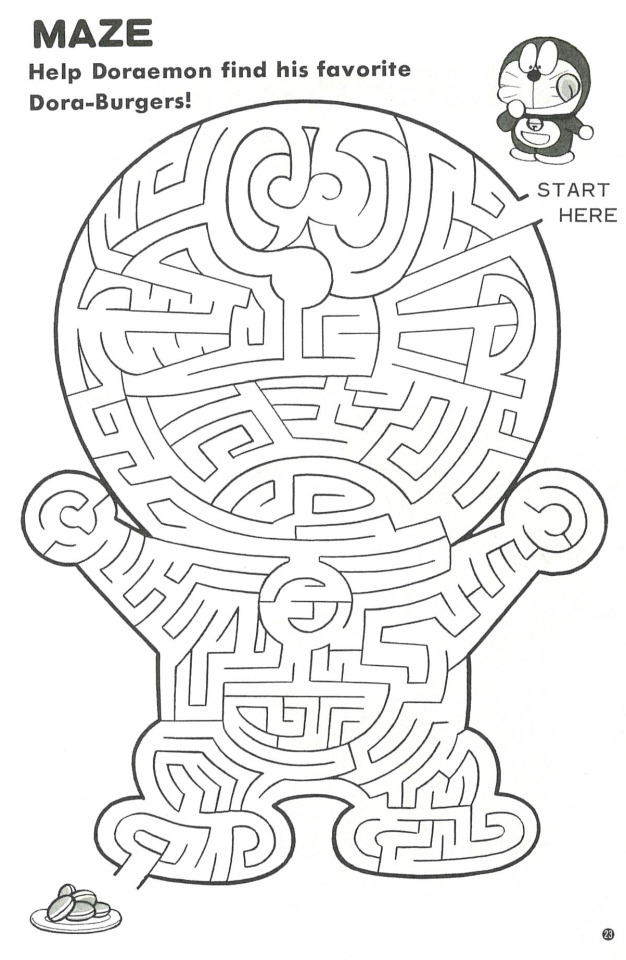
16 notes
·
View notes
Text
In terms of the layering of the feathers, it looks like you have the right idea (that the secondaries would be on top of the primaries). What might be causing the drawing to look "off" is the fact that on a folded pennaraptoran wing, the feathers do not hang directly perpendicular to the forelimb bones as a static sheet, but are compressed so that individual feathers slide under one another (with feathers closer to the base of the wing being on top). The diagrams here by Monika Zagrobelna are a pretty good visualization of how this works.
An additional complication is that some Mesozoic pennaraptorans likely did not have the same amount of wrist flexibility that extant birds tend to, so unlike what is seen in many modern birds, they might not have folded their wings to the point where the primaries were almost entirely covered by the secondaries.
If you don't mind, I've drawn over your illustration with a (very rough!) idea of how I'd expect the wing feathers of a dromaeosaurid or similar pennraptoran to look in this forelimb pose (secondary feathers in red, primaries in blue). For an example of how a more competent paleoartist than me might render dromaeosaurid wings, I think Pilsator did a good job with this Deinonychus restoration.
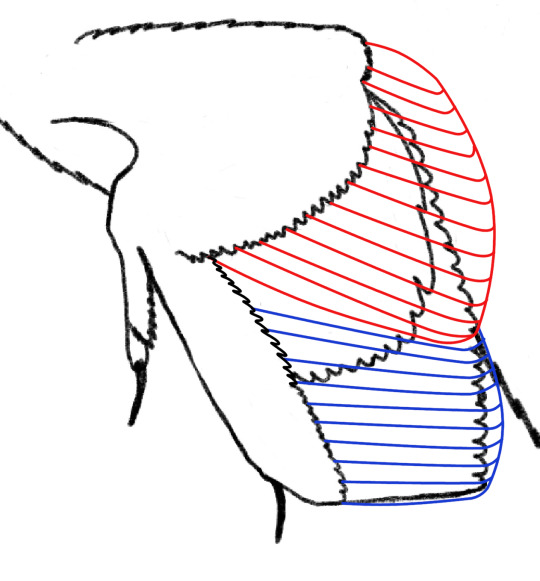

When drawing Pennaraptoran wings, I’ve been putting the secondary feathers in a layer, so they are above the primaries when they fold. But I’ve received criticism on this anatomy, another amateur paleo artist told me that bird wing feathers don’t fold like this, when I look at actual bird wings it’s kind of mixed?
@i-draws-dinosaurs @albertonykus
Do you have any thoughts? (I hope it’s ok to ask)
12 notes
·
View notes
Text
My favorite underrated recurring gag in Laid-back Camp might be Rin imitating the faces of animal statues that she comes across.

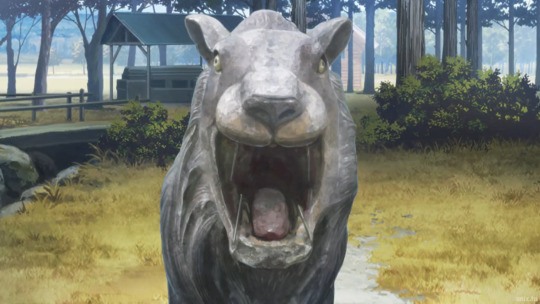
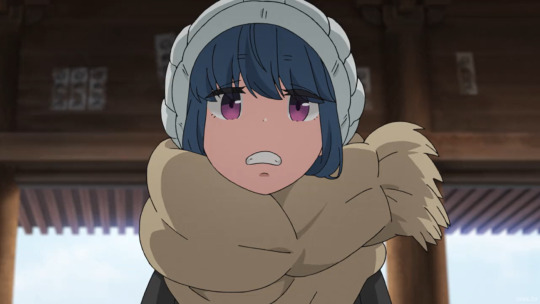

12 notes
·
View notes
Text
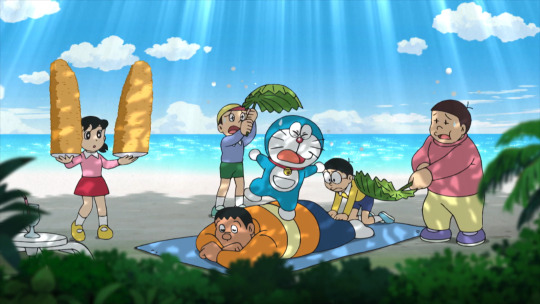
Shizuka really went and baked enough cookies in this episode to make two piles of them as tall as she is.
15 notes
·
View notes
Text
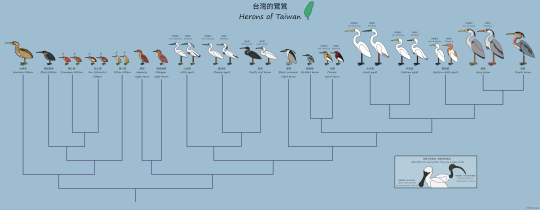
18 species of heron can be found in Taiwan. How many have you seen?

69 notes
·
View notes
Text





Last year I finally had an excuse to illustrate this simple little Tumblr story by @bees-with-swords I've had bookmarked forever for class.
I hope you like it :]
Image ID under the cut
[id: a series of five watercolor and guache paintings with digital text added to each one. the paintings depict the conversation between the whale, the tuna, and the salmon from the story in the post.
the first painting shows a humpback whale swimming with a bluefin tuna as they talk, with a skeleton of a whale in a small panel above them. the skeleton is labeled to note the skull, ribcage, spine, pelvis, and other major structures. "Do you ever dream of land?" the whale asks the tuna. "No." says the tuna, "Do you?" "I have never seen it." says the whale, "but deep in my body, I remember it." "Why do you care," says the tuna, "if you will never see it?"
the second painting shows the humpback and the tuna from a different angle, the faint impression of trees surrounding them in the water. the humpback has a series of skeletons extending behind it, each showing a progressively older evolutionary ancestor and showing the change from land animal to ocean animal. it also notes the whale's own small but still present pelvis and femur bones. "There are bones in my body built to walk through the forests and the mountains." says the whale. "They will disappear." says the tuna. "One day, your body will forget the forests and the mountains."
the third painting shows a whale skeleton at the bottom of the ocean being picked at by scavengers. a small panel below the skeleton shows the salmon joining the conversation. "Maybe I don't want to forget," says the whale. "The forests were once my home." "I have seen the forests." whispers the salmon, almost to itself.
the fourth painting shows the progression of a salmon growing from egg to adulthood as it swims downstream, with panels showing the eye of the whale and the salmon looking at one another. "Tell me what you have seen," says the whale. "The forests spawned me." says the salmon. "They sent me to the ocean to grow. When I am fat with the bounty of the ocean, I will bring it home."
the fifth and final painting shows the whale, the tuna, and the salmon from below, backlit by filtering sunlight and surrounded by other silhouettes of fish. in the foreground are tiny, microscopic plants labeled "proterocladus antiquus, oldest land plant ancestor, alive one billion years ago." "Why would the forests seek the bounty of the oceans?" asks the whale. "They have bounty of their own." "You forget," says the salmon, "That the oceans were once their home."
/end id.]
(Thank you @saffronlesbian for the beautifully descriptive id)
792 notes
·
View notes